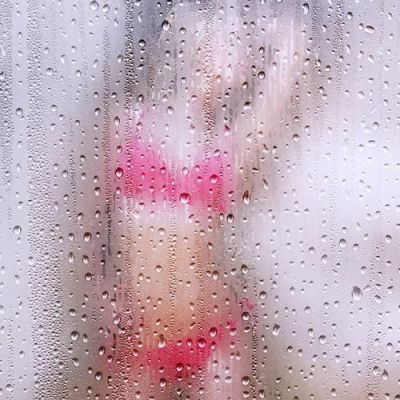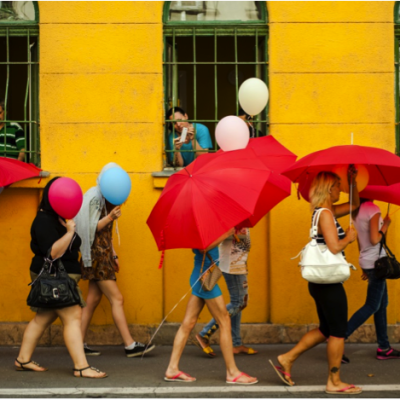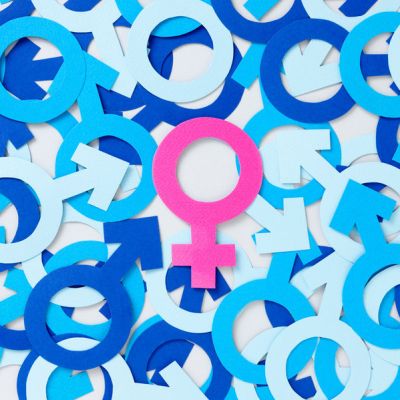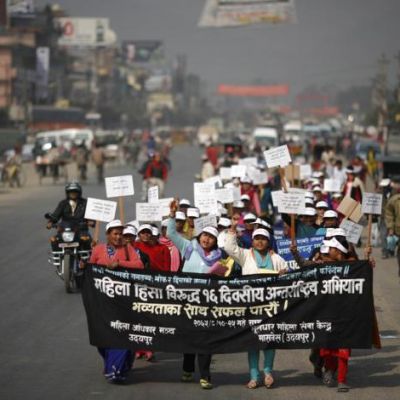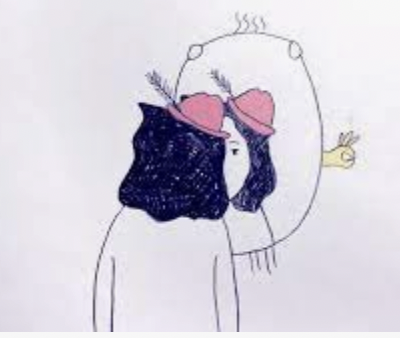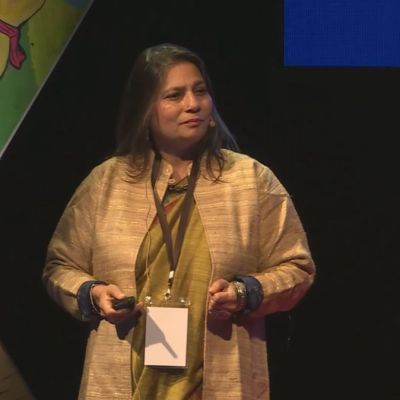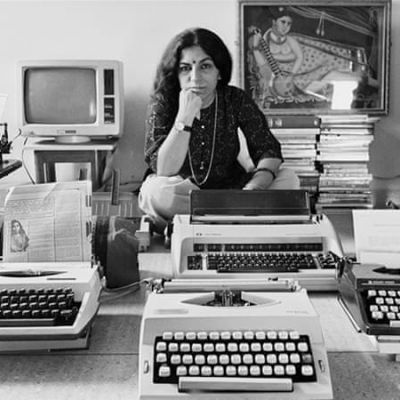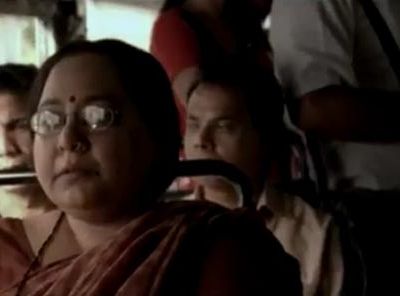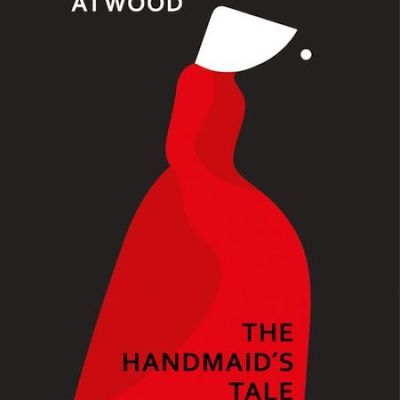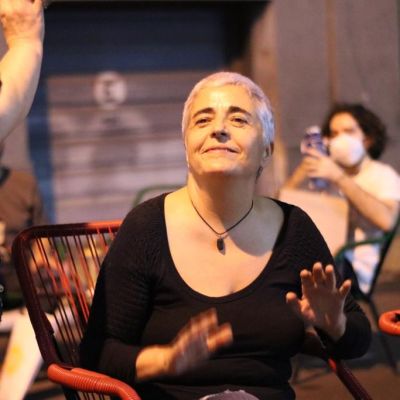Women
India is one of the largest consumers of porn in the world, so much so that Pornhub created a mirror site following Indian government’s ban. Definitely, not all viewers of porn end up committing sexual crimes.
Sex work remains a highly contested issue. In most places in the world, societies and laws impose horrendous stigma and abuses on sex workers. But even within human rights movements there are disputes about whether sex work should be seen as labour or as exploitation…
This article was originally published in the NPR. January 8, 2018; TANIA LOMBROZO Two recent books, one a manifesto by British…
In one of the most compelling and difficult scenes in 2013’s acclaimed Bhaag Milkha Bhaag, a young Milkha Singh is…
Nepal has been occupying the news headlines for the last few months, either due to the devastating earthquake that killed…
Society finds a million different ways to tell us that sports are not for women but why? In popular culture, it is mostly men who are shown to be excelling at sports. Athletic women are shown as out-of-place ‘tomboys’ and outcasts.
This thought-provoking, luminously illustrated The School of Life video reminds us of self-compassion being essential to building our own selves up, and being a safe space where we can extend the same love and imagination to our vulnerabilities, insecurities, fears, and doubts as we do to our friends.
If the workplace looked anything like our world, it would have 50% men and 50% women, 7% would have a college degree, 55% would have access to the internet, and only 70% would have access to a smartphone.
The short film Leading Lady Parts offers incisive commentary on how femininity and female sexuality are represented in popular culture.
When a literary canon is created and upheld, which are the voices that are amplified and which are the voices that are lost in the fray? Can marginalised bodies and experiences truly find representation in such a canon?
A short movie with a twist ending, Belle de Jour (meaning ‘Beauty of the Day’, and this one is not the 1967 film by Luis Buñuel) begins by showing a stereotypical middle-class Indian woman who goes to work after taking care of her household.
The Handmaid’s Tale leads one to re-examine these two forms of social hierarchy that women have to navigate: one where they apparently have equal sexual rights as men but have to bear most of the brunt of unwanted pregnancies, reproductive burdens and the like, and the other extreme where their decisions including those about sexual identity and procreation are institutionalised and they are robbed of all agency and autonomy.
Lack of women’s representation in policy-making institutions has allowed men, often with minimal understanding and empathy, to decide what women in sports can or cannot wear. As a result, these policies have ended up undermining women’s comfort as well as agency.
“Order me one too,” a friend said as I secretly purchased a vibrator online during a class so boring, I…
I know that the lives of many human rights defenders are under continuous threat, that sometimes it is impossible to sleep or to enjoy a moment of peace because of the harassment coming from the outside. What I address in this text is our internal disposition as activists, and the ideas that stop us from taking care of and holding ourselves together.

